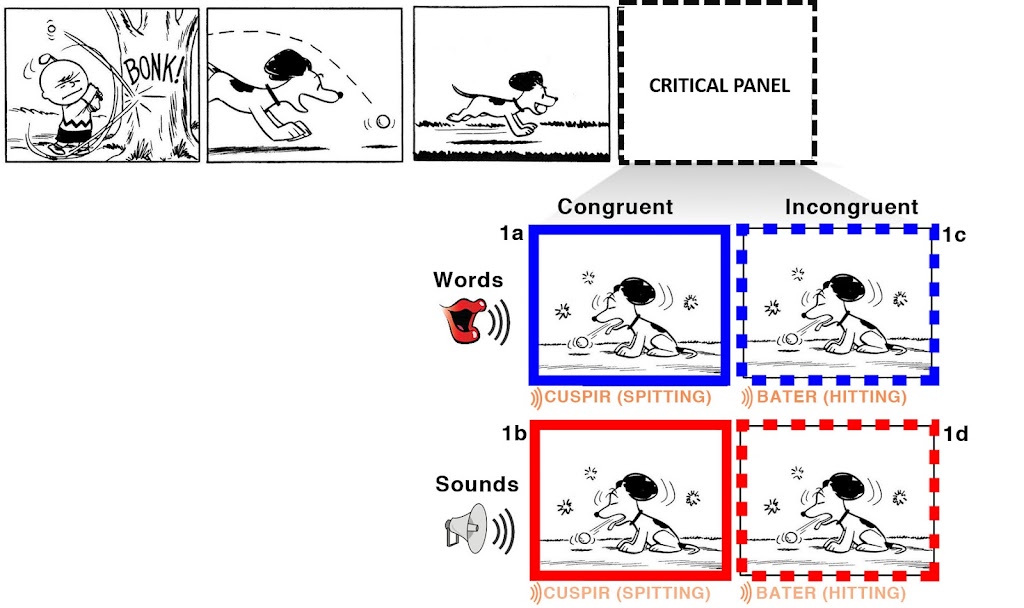2021: My publications in review
Following my tradition over the last several years, here’s a post that summarizes all the papers I’ve had published over the past year. I find this is a nice way to collect things into once place, and gives a good entry point for people who might be curious what we’ve been up to. If you want to see posts from prior years, you can find them here.
So, here’s the papers my colleagues and I had published in 2021…
Effects of picture-word integration on reading visual narratives in L1 and L2 – This study carried out with my colleague Yen Na Yum examined the effectiveness of using comics compared to traditional textbooks in second language learning. We found some evidence of an advantage for comics, but students’ proficiency with comics played a role.
A starring role for inference in the neurocognition of visual narratives – In this paper, I explored how we infer information that is left unseen in a visual sequence. Comics use conventional panels called “action stars” to cue a missing event, which I here contrast against normal panels and “noise” panels to examine the brain responses that occur when information is missing from a sequence. I largely show that similar brain responses occur to inference in visual sequences as they do in language.
Zooming in on visual narrative comprehension – In my collaboration with Tom Foulsham, we here examine the processing to visual narrative sequences that manipulate the framing of panels with zoom panels or different types of inset panels. Crucially, our zoom panels here were automatically created based on the eye movement of where people looked in those panels in a prior experiment.
The electrophysiology of audiovisual processing in visual narratives in adolescents with autism spectrum disorder – My paper with Mirella Manfredi and colleagues examined the processing of visual narratives combined with auditory stimuli (words or sounds) in both neurotypical and autistic adolescents.
Let there be … visual optimal innovations – Many memes, advertisements, and other creative expressions use the painting The Creation of Adam as a base reference. Here, my collaborator Joost Schilperoord formalized this “visual vocabulary item” and show that this creativity is systematic.


Comments